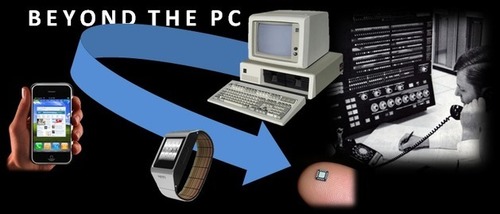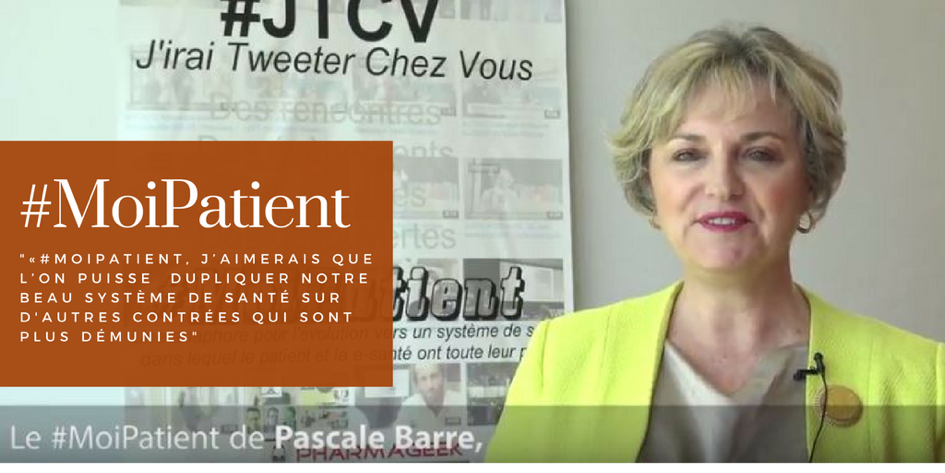Who manages social media at hospitals? Survey says it’s still a part-time … – MedCity News
14/03/2013Why Patient Engagement Really Does Matter and Why So Many People Are Getting It Wrong | The Health Care Blog
14/03/2013What is mHealth? Is it Mobile health or Modern health?
Syllogism causes confusion among healthcare terms such as modern health, mobile health, digital health, ehealth, mhealth, telemedicine, and telehealth.
Clearly, Lions & Tigers are both cats, and cats are animals, but the healthcare syllogisms aren’t as straight forward. People often associate Mobile Health with the ambulance that shows up to provide care and transportation, rather than the use of mobile devices and wireless networks. They may also associate Mobile Health with the tablet device the doctor uses as she moves about, rather than a smartphone device. That’s why I drew the diagram with mHealth not entirely within Wireless Health or within Telehealth. And it’s why I added a new term to encompass them all – Modern Health.
I apologize to my consumer audience if this article sometimes gets a bit technical. That’s because it was partially written to address a technical audience. You can skip the technology, go straight to the Cool mHealth Trends.
mHealth & Telehealth
Telehealth is the delivery of health-related services and information via telecommunications technologies. These services could be as simple as two health professionals discussing a case over the telephone, a video call between patient and practitioner(s), or doing robotic surgery between facilities at different ends of the globe. Telehealth is an expansion of telemedicine, because it’s not limited to clinical treatment but can also apply to prevention. Likewise,telehealth is an expansion of mHealth, because it’s not limited to cellular technologies.
mHealth & Wireless Health
Wireless health differs from mHealth in that wireless health solutions will not always be mobile and mobile health solutions will not always be wirelessly enabled. Wireless Health integrates wireless technology into traditional medicine, such as for diagnosis, monitoring and treatment of illness. Wireless technologies eliminate the cost and effort to install wires and support the ability to move about without being tethered. Wireless networks can cover very short distances such as between wearable sensors and a smartphone, entire buildings such as Wi-Fi home networks; or wider areas such as cellular networks that extend from tower to tower. These mobile broadband networks are especially useful in reaching new patients in remote areas than previously possible.
mHealth & eHealth
eHealth describes any healthcare practice supported by electronic information processing and communication, so it has broader reach than mHealth, which relates to practices using mobile (phone or computing) technologies
mHealth: Mobile Health or Modern Health?
Many app developers view mHealth as exploiting mobile telecommunication in health care delivery. That can include mobile phones (voice & SMS text), smartphones, or a variety of other devices that include laptop computers, patient monitoring devices, MP3 players, PERS systems, and more. The term can extend to both mobile and stationary devices, as long as they used mobile/cellular telecom technologies, but what if they don’t communicate at all?
What if a smartphone app uses sensors to collect health & fitness data and then stores and tracks it on the device itself without ever sending it anywhere? If the device itself is viewed as a telecom device, it might fit in the mHealthcategory, but the iPod Touch has no mobile phone connection, and even though it uses the same iPhone technology, it arguably would not fit the mHealth definition, even though it’s running the exact same code. That’s where the traditional mHealth definition breaks down, and it’s one reason that I prefer to extend mHealth to Modern Health, rather than just Mobile Health.
Modern Health encompasses innovations that collectively define the future of healthcare. They include: digital, electronic & mobile health, telehealth & telemedicine, electronic sensors & cloud-based monitoring services, video calls & telepresence, electronic medical & personal health records, big data & analytics, healthcare robotics & artificial intelligence, personalized medicine & genomics, and the wireless connections (ANT+, Bluetooth LE, ZigBee, Z-Wave, Wi-Fi, 4G, LTE), big broadband networks (fiber-optics), and regulatory & payment reforms that bind them.
Yes, nearly 40,000 health-related apps are available today for smartphones, and that number is up ten-fold from about 4,000 in 2010. So clearly smartphone availability and fast Internet access are driving much of the growth of modern healthcare applications, but don’t discount large mHealth opportunities on other devices and in other geographic markets.
See on www.mhealthtalk.com




